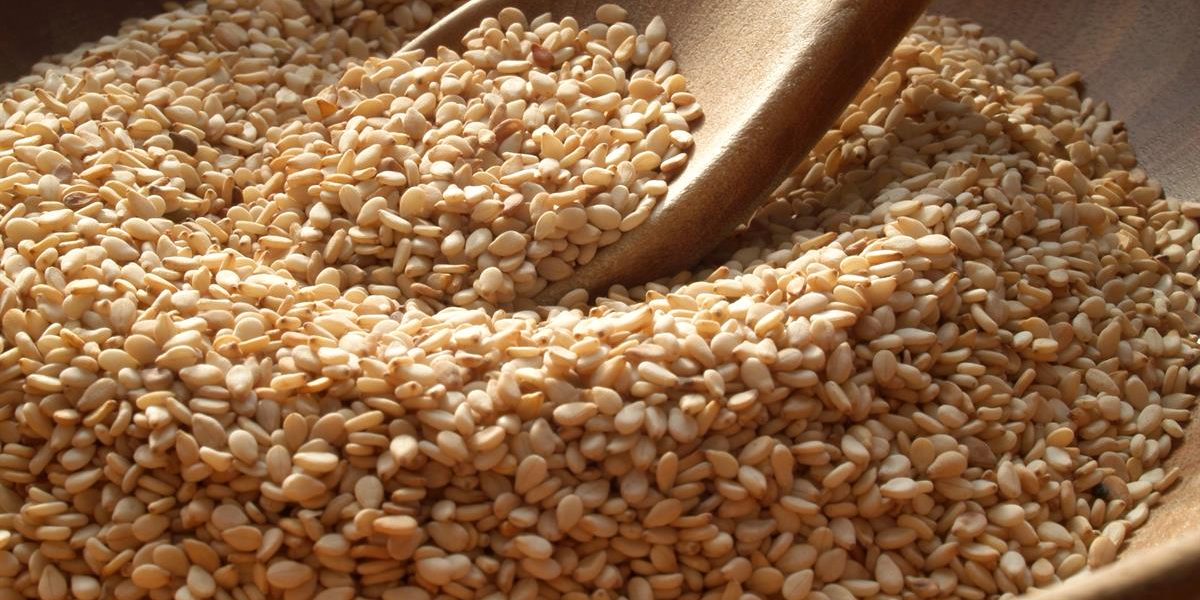In recent months, a significant challenge has emerged in European markets: the presence of ethylene oxide in a wide array of food products, leading to the withdrawal of over 7,000 items from circulation. This toxic substance, strictly prohibited in food items within the European Union (EU), has prompted 578 notifications in the Rapid Alert System for Food and Feed (RASFF) since September 2020. The notifications span 24 EU member states, with Spain issuing 38 alerts. This crisis, reminiscent of the 2017 egg contamination incident, underscores the scale of the issue and its implications for public health and regulatory oversight.
Emergence of the Crisis
The crisis first came to light in late August 2020 when Belgian authorities detected elevated ethylene oxide levels in sesame seed batches imported from India. These contaminated seeds had been distributed to 33 countries, 24 of which are EU members, prompting a continent-wide alert. This discovery prompted urgent action, including heightened scrutiny of sesame seed imports from India. The widespread use of sesame seeds across various food products, from hamburger buns to hummus, contributed to the multitude of alerts.
Understanding Ethylene Oxide
Ethylene oxide, typically a gas at room temperature, serves primarily as a raw material in chemical production and as a sterilizing agent, particularly for heat-sensitive materials in medical and laboratory settings. However, its harmful effects stem from its ability to damage DNA, rendering it unfit for use in food within the EU. While other countries, like India, may permit its use to some extent, products destined for the EU market must adhere to EU regulations.
Risks and Regulatory Response
While occupational exposure poses the greatest health risks associated with ethylene oxide, its presence in food raises concerns due to its carcinogenic and mutagenic properties. Unlike many toxins, there is no safe threshold for exposure to ethylene oxide, complicating risk assessment and necessitating swift regulatory action. The EU sets maximum limits for contaminant presence, with ethylene oxide levels exceeding these thresholds triggering product withdrawal.
Assessing Risk and Managing Crisis
In evaluating risk, regulators consider the likelihood of adverse effects and the extent of exposure, enabling informed decision-making in crisis management. While some contaminants, like acrylamide, are inherent in certain foods, ethylene oxide contamination is deliberate, necessitating immediate action to safeguard public health. The seriousness of the risk, as determined through rigorous risk assessment, informs regulatory responses, including product recalls and border rejections.
International Implications and Global Cooperation
The crisis extends beyond EU borders, implicating suppliers from countries like India, China, and Turkey. While international cooperation and adherence to EU standards are paramount, ongoing surveillance and audits are necessary to ensure compliance. The EU’s regulatory framework serves as a benchmark for global food safety, highlighting the importance of harmonized standards and vigilance in addressing emerging threats.
Conclusion: Safeguarding Food Safety in a Globalized World
The ethylene oxide contamination crisis underscores the complex interplay between global supply chains, regulatory frameworks, and public health. By promptly identifying and addressing risks, regulators can mitigate harm and uphold consumer confidence in food safety. Continued vigilance, collaboration, and adherence to rigorous standards are essential in safeguarding public health amidst evolving threats in an increasingly interconnected world.


